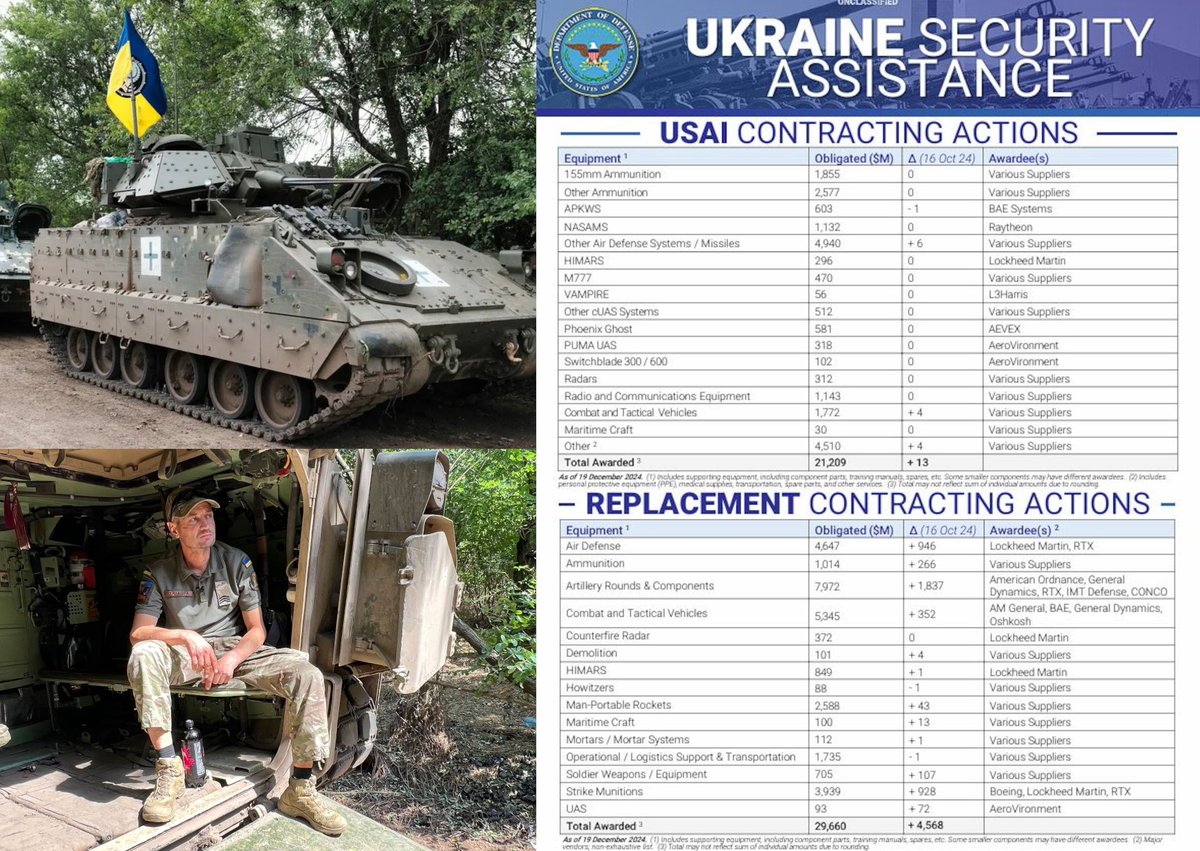Russia is in dire need of personnel to work at defense enterprises: such factories are looking for tens of thousands of new employees. The production of weapons and military equipment has increased sharply due to the war that Russia is waging. There are few suitable
1/15
1/15

personnel on the labor market, sometimes the search lasts for months. As a result, the demand for shift workers in the industry is growing, and some defense plants are actively attracting young people. Russian BBC News investigated vacancies at Russian defense plants. In the
2/15
2/15

period from August 15 to September 15, more than 90 thousand vacancies were posted on the largest Russian job search portals, where defense enterprises, state defense orders or the defense-industrial complex were mentioned, as well as published by defense industry
3/15
3/15

enterprises. Engineers of various categories, turners and CNC machine operators are especially actively sought. Despite the tempting salary, the ads are not viewed very much and they hang for weeks or even months. In early 2024, President Vladimir Putin said that "in the
4/15
4/15

last year and a half alone, 520,000 new jobs have been created in the defense industry." Deputy Prime Minister Denis Manturov cited a similar figure at the time. According to him, the number of employees in the military-industrial complex has grown by 600,000 since 2023.
5/15
5/15

State and pro-Kremlin media regularly advertise jobs at military factories. The shortage is also caused by the fact that Russia as a whole is experiencing a shortage of personnel. Some current and potential employees have gone to fight in Ukraine, while others have gone
6/15
6/15

abroad amid the war and mass mobilization. The influx of migrants into the country has also decreased. One sign of a personnel shortage is that the same plant often opens multiple vacancies in the same specialty at the same time. In some cases, plants are trying to solve
7/15
7/15

the problem by training specialists. In 2024, manufacturing and industrial enterprises published 1.1 thousand vacancies for apprentice turners, grinders, milling machine operators and fitters, which is almost twice as much as in the same period last year. But one of the most
8/15
8/15

effective ways to solve the problem (at least in the short term) is a shift work. Factories and recruiters are trying to attract employees from other regions by temporarily housing them near their workplace. The number of shift work vacancies from January to July of this
9/15
9/15

year in all industries increased by 460.5 thousand, that is, by 32%. At enterprises of the military-industrial complex, the highest salaries - around 200 thousand rubles per month (approx. € 1,900) - are usually offered to welders, turners and CNC operators for shift work.
10/15
10/15

But not everyone wants to go on a shift. According to HeadHunter, only about 3% of all applicants are ready to agree to such work. In recent months, the recruiting company Ancor has recorded accumulated fatigue among defense plant workers due to the high work pace and large
11/15
11/15

volumes of overtime. Neither salary increases nor conscription exemptions help to keep employees from leaving for calmer jobs. Shift work often does not include full days off. Some ads indicate a 6/1 or even 7/0 work schedule for 11 hours. Going to work on a rare day off,
12/15
12/15

if one is included in the schedule, is encouraged in some ads with additional payments. Among the leaders in the number of vacancies offered are predictably Moscow and the Moscow region, as well as the Sverdlovsk region, where, according to 2022 data, 20% of Russian defense
13/15
13/15

enterprises were concentrated. Despite the obvious need for personnel, the salaries offered at defense industry enterprises are not growing as quickly as payments for contract service in the Russian army.
14/15
14/15

Source:
15/15bbc.com/russian/articl…
15/15bbc.com/russian/articl…
• • •
Missing some Tweet in this thread? You can try to
force a refresh





















